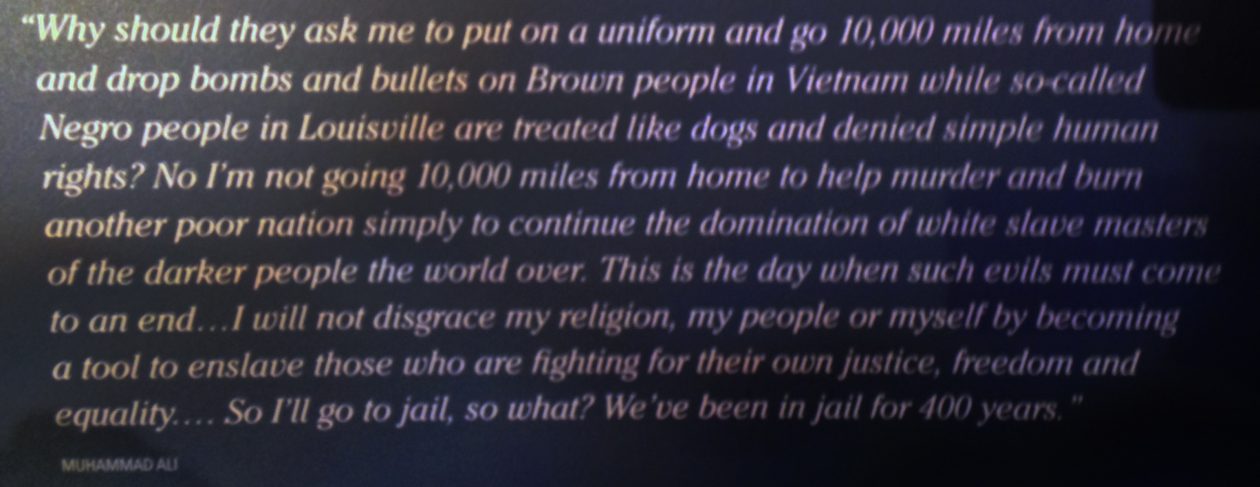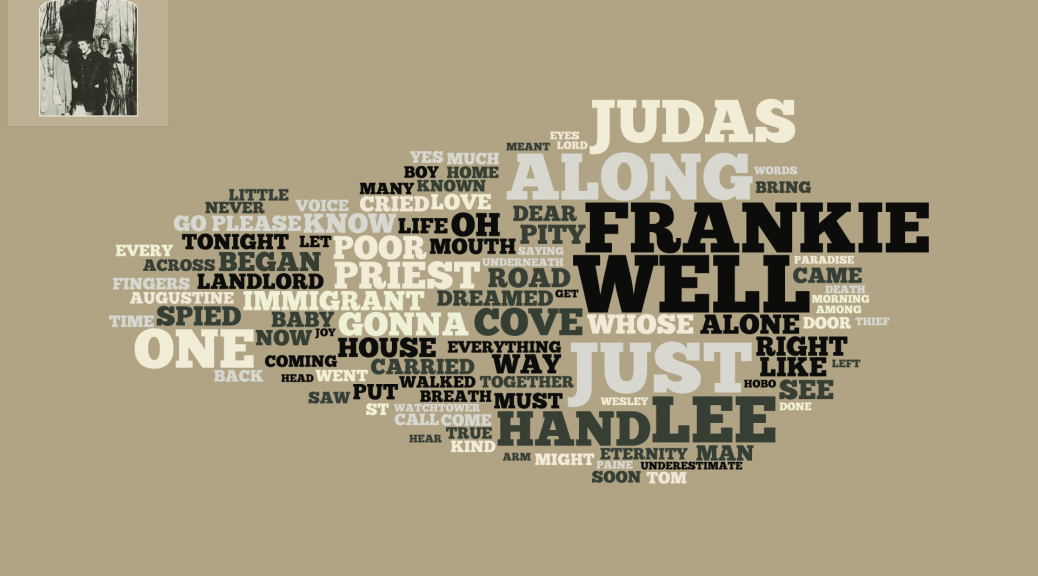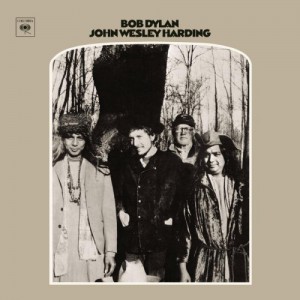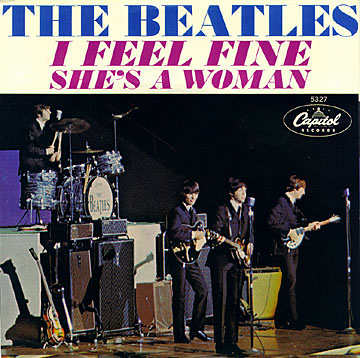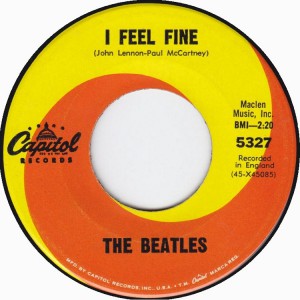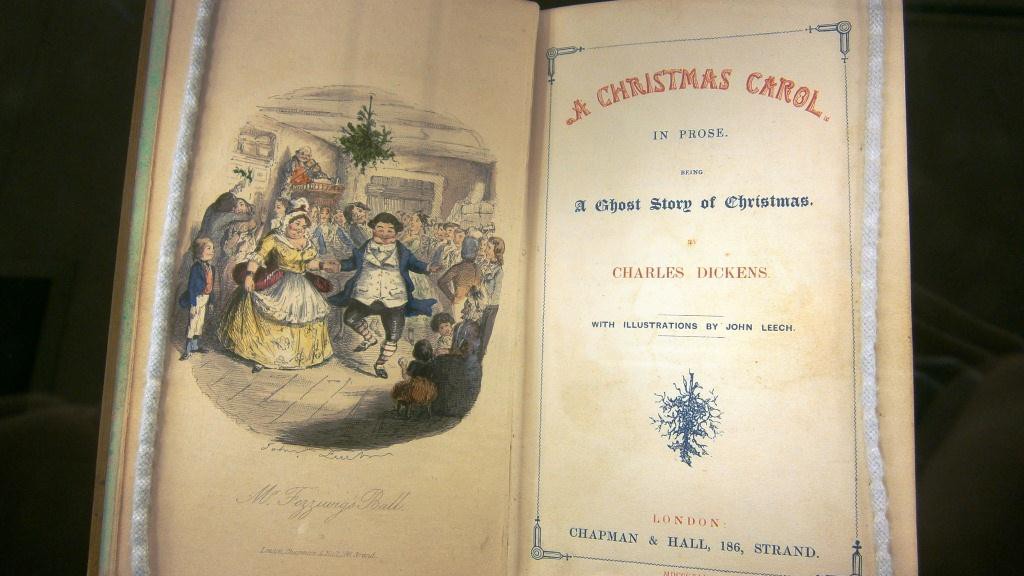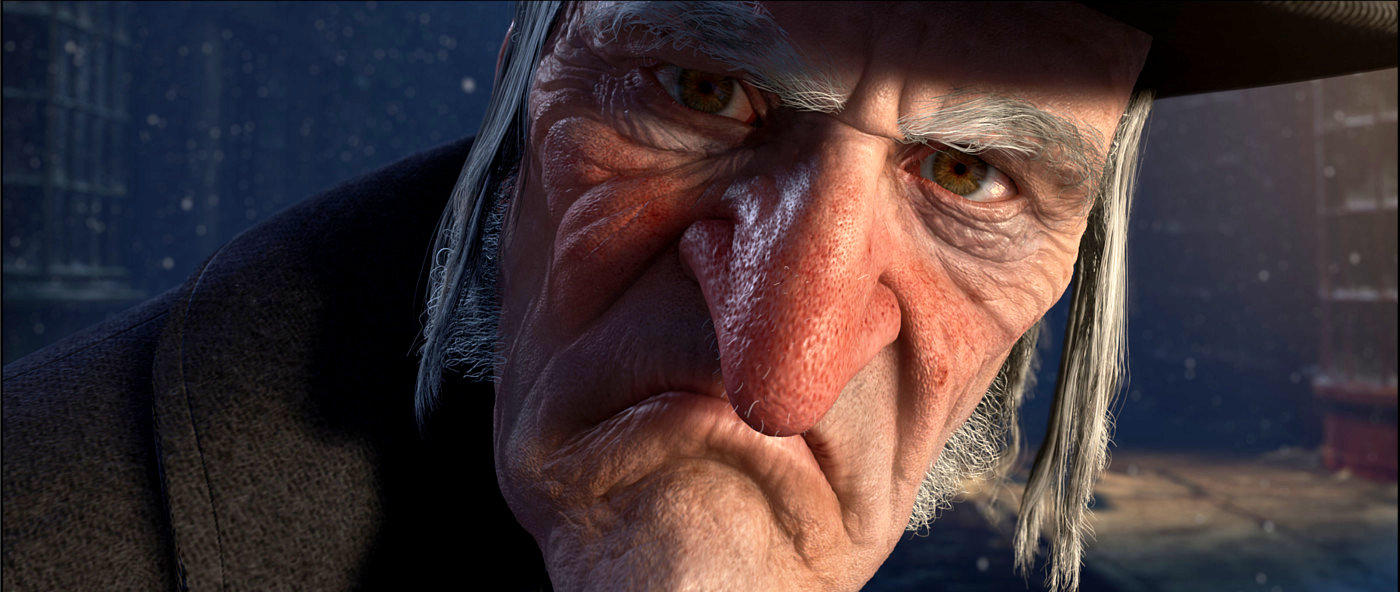Bob Dylan John Wesley Harding
Recorded between October 17 and November 29, 1967, Bob Dylan released his John Wesley Harding album less than a month later on December 27, 1967.
The cover photograph shows Dylan flanked by brothers Luxman and Purna Das, two Bengali Bauls, South Asian musicians brought to Woodstock by Dylan’s manager, Albert Grossman. Behind Dylan is Charlie Joy, a local stonemason and carpenter.
I’ll be your baby tonight
Bob Dylan John Wesley Harding
Beatles?
A long-recurring rumor is that images of various members of the Beatles are hidden on the front cover, in the knots of the tree. This was verified by Rolling Stone with photographer John Berg prior to the album’s release.
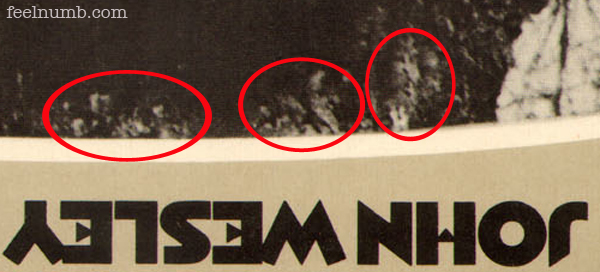
Bob Dylan John Wesley Harding
Low Key
Dylan wanted a low key approach to the album’s release. Dylan reputedly said to Columbia Records Clive Davis, “I asked Columbia to release it with no publicity and no hype, because this was the season of hype,” Davis wanted Dylan to at least use one of the songs as a single, but Dylan refused that.
It had been the Summer of Love with Monterey Pop Festival. The arrival of Janis and Jimi. Psychedelic music would find a huge niche in the emerging so-called “underground” FM rock stations.
The Beatles had Sgt. Pepper, the Stones Satanic Majesty, and Airplane Bathing at Baxters.
And here came Dylan, again choosing his own way, leaving the basement in Saugerties, NY and travelling to Nashville, the capital of country music, to record.
Bob Dylan John Wesley Harding
Woodstock?
Less than two years later, Dylan’s appearance at Woodstock was a sure-thing rumor. Of course, he had already booked an appearance at the Isle of Wight and never intended on being in Bethel, but his lead was often followed and his country sound allowed many young listeners to give that sound a chance.
Bob Dylan John Wesley Harding
Rolling Stone review
The famed Ralph Gleason wrote in his Rolling Stone magazine review:
We can all relax now. Bob Dylan isn’t dead. He is all right. He is well and he’s not a basket case hidden from our view forever, the lovely words and the haunting sounds gone as a result of some ghastly effect of his accident.
And his head is in the right place, which, is after all, the best news of all.
The new Bob Dylan album is out and on our turntables and coming at us over the airwaves (though not enough of it is coming at us over the airwaves, God knows) and it is a warm, loving collection of myths, prophecies, allegories, love songs and good times.
